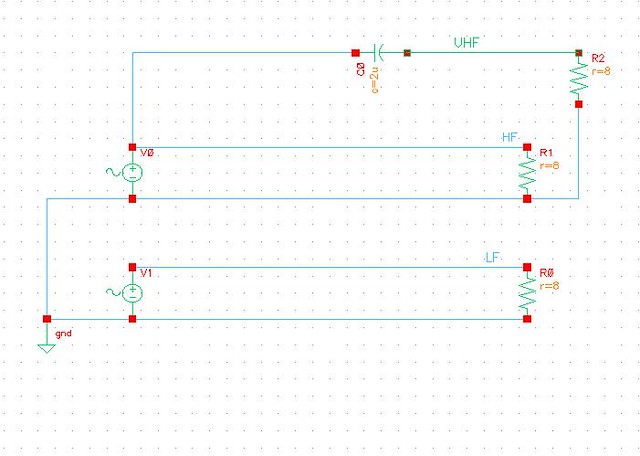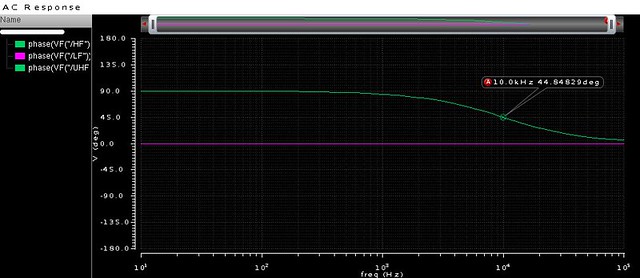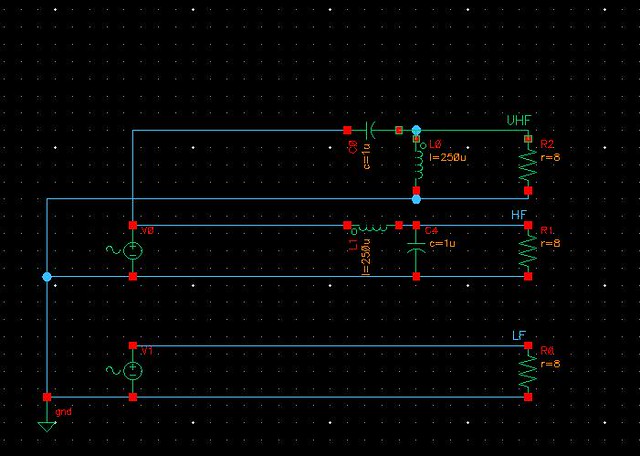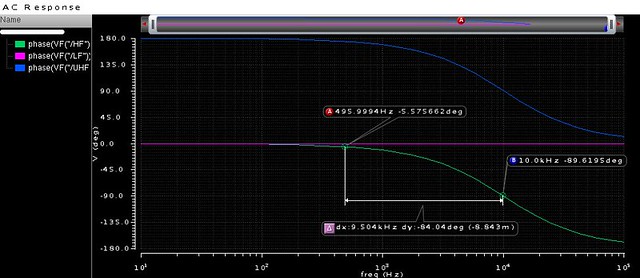Greetings!
After lurking for quite a while I wanted to start a thread here to introduce myself and see if folks have any thoughts / feedback on my project. I'm afraid I've gotten bit by the audio bug bad after quite a few years of hiatus. As a teen I thought I was going to be an audio designer when I grew up. It seemed like the perfect blend of my loves of music and engineering. I was building speakers based on the equations in my Radio Shack speaker design book, and scraping together pennies to buy equipment. In engineering school I had the lucky chance to work with some really top notch sound gear doing sound support for various local and visiting artists, and to hear some great concerts at one of the best acoustical halls in the world, Troy Savings Bank Music Hall, where Dorian Records did some great recordings at the time bringing in some really great artists. In school it soon became apparent that my opportunities were going to be pretty limited in audio, but I also found a love for RF / microwave electronics. Sort of audio on steroidsThen life / kids etc happened and while I always continued to dabble in audio and home theater, it was always pretty tame.
I hadn't really planned to get back into things on such an ambitious scale, but when the opportunity arose to purchase the speakers out of the local University's 1960s vintage concert hall I somewhat inadvertently got sucked back inIt's not exactly ideal timing as with a young family my resources are somewhat limited, but I've been fortunate to have some space, time, spousal support and money to work with. For better or worse I also don't think I have a very developed / critical ear, but as a closet musician I do appreciate musicality and impact and have quite diverse tastes. As as an engineer I am appreciative of the technology under the hood, and vintage ingenuity and quality. If you're interested you can read a little about my adventure so far here:
http://audiokarma.org/forums/index.p...budget.677257/
I suppose there are really two topics here:
1) planning the next phase of my basement system, and
2) Seeing how much of my day job skills (high speed digital / microwave IC design / layout / test) I can leverage to better understand audio systems and their components.
On the first topic, I currently have a very enjoyable setup (5ch w/ 2 way bi-amped RLC) cobbled together downstairs for dual listening and home theater purposes. I've slowly been accumulating and repairing more bits and pieces in the mean time, and am coming to the point where a major reshuffle is coming. In general I am focused on exploring using older pro gear as a means to maximize performance per $. And I just like it for some reasonHere's what I have to work with at the moment:
Amps:
2x Altec 1608A (replaced marginal electrolytics, replaced burned output stage / driver resistors on one, debugged flaky driver card instability)
2x Altec 9440A (replaced marginal electrolytics, experimenting with upgrading coupling cap to film, ceramics to film / silver mica)
3x JBL 6260 (repaired flaky relay on one)
1x JBL 6290
1x Yamaha P-2200 (needs repair on intermittent meter, maybe electrolytics)
1x McIntosh MA-230 (replaced failed/marginal electrolytics, diodes, thermistor, modified for pre-out and post-in, still needs some cleanup)
1x HK AVR7000 (failed input card, modified for 5ch power amp, needs PS cap replacement)
Speakers:
2x JBL 4648A w/2226H
4x JBL 2446H w/ 2365A CC biradial horns, 2x 2506B brackets
2x JBL 2404H
2x JBL 8330
1x JBL 4660 w/2346 "everest" defined coverage horn
1x JBL 4646A
1x JBL 2446H w/2380A FF horn
1x Intersonics ServoDrive Contrabass (made belt set, replaced bad motor, reglued separated cone/surround)
Sources / Control / Other:
1x Sherbourn PT-7030 - Pre/pro, hdmi switching, bass management, parametric EQ
2x JBL 5235 active crossover, cards 3x 500 CCBREQ, 1x 800 FFBREQ, 1x 80Hz, 1x blank
4x UREI 539 Room EQ
1x UREI 535 Stereo EQ
HDMI sources (Mac Mini (Plex/Itunes), PS3, PS4, WiiU)
Other sources (Denon DCD 3520 (needs belt), ELAC 50H (needs work), ELAC 750 (needs work) - these may be going in a modest vintage listening setup upstairs
Panasonic P54G10 54" plasma (probably reusing for different room)
Panasonic P65VT50 65" plasma (probably replacing 54" plasma and projector)
Sony VW40 projector, tab tensioned 4:3 draper accessV screen (probably going away)
Test Equipment / Misc:
HP 4192A Impedance Analyzer
HP 35665A Dynamic Signal Analyzer
AudioTools iOS w/UMIK-1
GTC CM100 mA scale AC/DC clamp current meter
Misc. Cheap DVMs
Dale 5.8Ohm 200W resistor load
Collection of various vintage/nos caps (rel, wonder, sprague, Siemens, motor start/runs, silver mica, etc), coils, resistors, magnet wire, diodes, etc
temp controlled solder station (vintage Hexacon)
Various simulators (Cadence Spectre, ADS, Spice, etc)
I'm intrigued by the idea of using the 4192A to characterize and model speakers as Z11 blocks, and the 35665A to create 2 port networks of various active / passive components and then simulate the whole thing and play with different options particularly for crossovers. I'm also anxious to just get the system rebuilt and enjoy it lol.
Any thoughts, concerns, encouragement, admonitions, etc welcome.
Rob


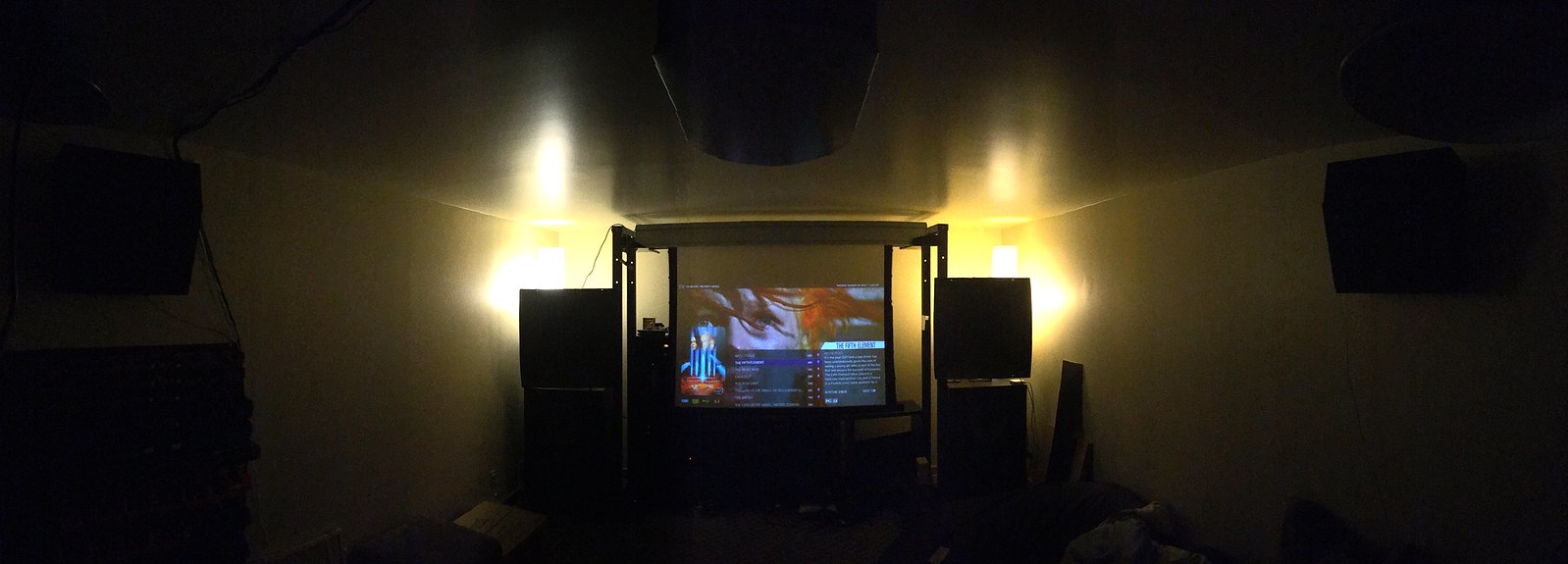


 Reply With Quote
Reply With Quote
